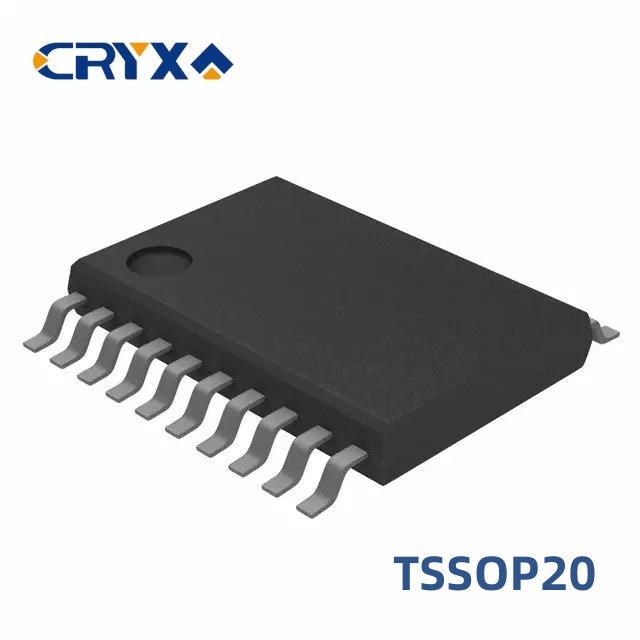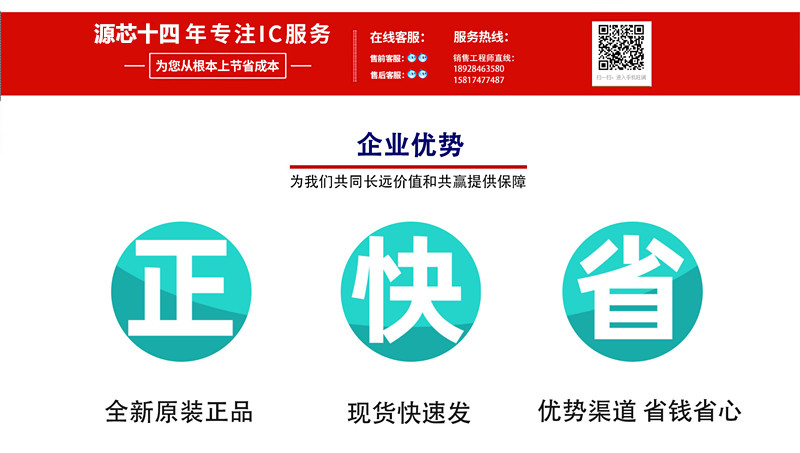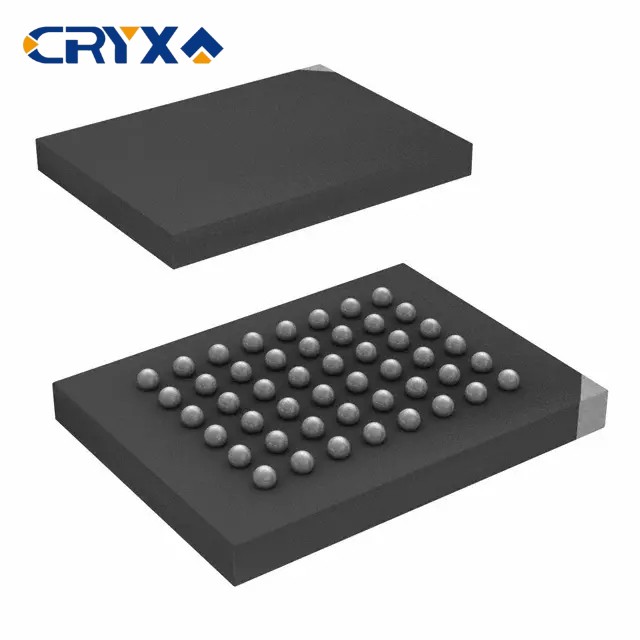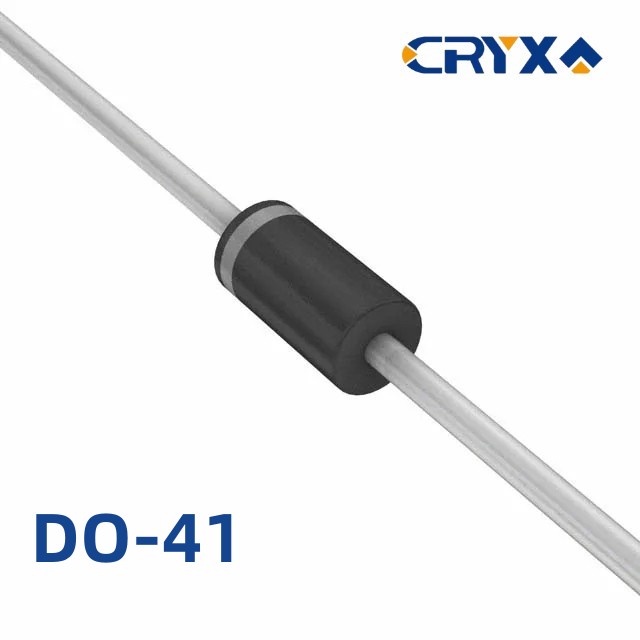Chinese made
chips have shown some positive feedback effects. Recently, Huawei founder and CEO Ren Zhengfei stated that in the past three years, Huawei has successfully completed the replacement development of over 13000 devices and the repeated replacement development of over 4000 circuit boards. The replacement of these 13000+devices is more concentrated in the low-end field than in the high-end field. While the market is busy focusing on high-end chips, it may have overlooked the potential of mid to low-end chips.
China‘s achievements in manufacturing mid to low end chips are evident
In terms of storage chips, due to the late start of Chinese storage factories, the current production capacity scale of Chinese factories is relatively small compared to international storage giants. But in recent years, domestic original factories have filled some technical gaps. With the continuous rise of Chinese storage chip companies, the monopoly of foreign giants on the storage chip market is being broken.
In terms of power semiconductors, with the continuous transfer of core downstream industries such as industrial control, communication, and consumer electronics to China, China has grown into one of the world‘s largest demand countries for power semiconductors. China has emerged with China Resources Microelectronics, which has the largest revenue scale for power semiconductors, BYD Semiconductor, which ranks first in the IGBT field, as well as excellent enterprises such as MOSFET manufacturer Wuxi New Jieneng and IGBT module manufacturer Jiaxing Star Semiconductor. However, at present, the import volume of power semiconductors in China still accounts for a large proportion, especially for high-performance products used in industrial control fields and products used in high reliability fields, with a large space for domestic substitution.
Manufacturer‘s Speech: Realizing the Positive Period

Recently, the author interviewed multiple professionals in the semiconductor industry, who also expressed their opinions on the current chip market in China.
In the past two years, both the sanctions imposed by the United States and the emergence of emerging application fields in China have been driving the progress of China‘s manufacturing chip industry. In this stage, what benefits have been brought to Chinese manufacturing chip companies?
Mr. Liu Weidong, CEO of Beijing Jiuhao Electronic Technology Co., Ltd., said, "There must be some benefits. The current global economic situation is relatively complex. On the one hand, the country is doing work, such as the Ministry of Industry and Information Technology demonstrating the" one-stop "application plan for key products and processes in industrial foundation engineering, including chips. At that time, Jiuhao Electronics was selected. On the other hand, various enterprises are indeed seeking development in the new situation. For example, in the current industrial chain, the products of Jiuhao Electronics chips have been widely used in the automotive front-end market, gaining recognition and mass application from well-known end customers such as BYD, Geely Automobile, and Dongfeng Automobile. Previously, domestic car manufacturers were not very open to many Chinese made chips, but now there are more opportunities for Chinese made chips, and the process of substitution for Chinese made chips is also accelerating. Overall, market opportunities outweigh challenges, but there are still many things that need time to break through
Regarding whether there has been a significant increase in the number of orders in the past two years, Liu Weidong said, "Due to the overall economic situation, there has been a decrease in growth. However, in some areas, orders almost double every year. If this situation continues to develop, the prospects for Chinese manufacturing substitution are definitely promising
A salesperson from Xiamen Zongxing Information Technology Co., Ltd. said, "In recent years, it is evident that the pace of Chinese manufacturing has accelerated. For example, with the support of the state, the usage of chips in special industries such as water conservancy, electricity, and oil is shifting towards Chinese chip manufacturers. This is very meaningful for Chinese chip manufacturers to open up the market
Other manufacturers said: "Especially in the low-end chip market, China‘s profits have reached the peak, and foreign enterprises have begun to withdraw from this market. In addition, the epidemic blockade in the last two years has also brought some resistance to the supply of Taiwanese chip manufacturers. Chip manufacturers in Chinese Mainland just have the opportunity to eat this market, and Chinese chip enterprises still have a lot of room for development."
Is the market for mid to low end chips made in China saturated?
When it comes to whether the Chinese manufacturing mid to low end chip market is becoming saturated, Chinese manufacturers unanimously believe that the current phenomenon of chip oversupply is mainly due to the concentrated release of production capacity and channel hoarding of inventory in the context of chip oversupply in the previous two years. It takes time for the market to digest inventory, which is a normal fluctuation phenomenon. From the perspective of industry participants, this part has also been fluctuating, with some entering and some leaving. The power of capital is driving it. The threshold for mid to low end chip technology is relatively low, the investment is relatively small, and the results are fast. Many emerging chip companies choose to "start" first, and new participants in the mid to low end chip market will continue to emerge in the future.
What market difficulties need to be taken seriously?
Regarding the market predicament, various industry insiders unanimously expressed that "serious internal competition" is a great challenge for them at present.
In 2019, with the chip craze and a surge in capital, the company‘s valuation continued to rise, and almost every investment achieved significant profits on the books, which has persisted until now. The number of domestic chip design companies has increased from over 1600 in 2018 to over 3200 in 2022. Behind this, the Chinese manufacturing chip market is brought about complete competition and white-hot, which is extremely internal competition and consumption.
In addition to internal competition, China still lacks some relatively complete industrial foundations in terms of conditions for large-scale chip production. Although China already has chip foundries such as SMIC International and Huahong, there is still a situation where some products are outsourced for production. At that time, it was necessary to prepare for TSMC‘s production capacity decline due to force majeure factors.
It is worth noting that the interference of capital on emerging technology markets can also affect the development of technology. The chaotic investment caused by the tendency of social capital to profit also disperses the centralized utilization of capital.
Build a good foundation for the building
This is like building a house, laying a good foundation can help build a building better and faster.
The Director of National Intelligence (DNI) of the United States said in its recently released annual threat assessment that US export controls on China may lead the country to dominate the global industry in the field of "low capability" chip technology.
DNI also warned in its report that China, which is rapidly building new chip factories, remains the "biggest threat to US technological competitiveness", and restrictions on advanced chips have led China to focus on meeting the world‘s demand for low-level chip technology.
DNI stated that the Chinese government is "doubling its efforts to promote independent innovation and achieve self-sufficiency", similar to the civilian and military industrial sectors in the past. "Due to the difficulties faced by Western countries in export controls, China is focusing on commodity chip technology with lower capabilities, and China may become a strong country in this field, which may ultimately make some buyers more willing to rely on China
China is also a world leader in building new chip factories, and is expected to account for 18% of global manufacturing facilities by 2025, an increase of 7% compared to 2019.
It can be seen that China‘s independently developed chips are gradually maturing, and the relevant industry chain and value chain have also been continuously improved and developed. Of course, we also need to focus on breaking through the design of high-end general-purpose chips such as CPU, GPU, DSP, FPGA, and lay out the development of special chips such as artificial intelligence chips and edge computing chips. We all know that the import volume of Chinese chips is huge, there is a lack of high-end chips made in China, the manufacturing process of chips is complex, and the Chinese chip industry is far from Europe, America, and Japan. However, Chinese manufacturing chip companies are accelerating their steps on the path of breaking the high-end market, and their future development is promising.







